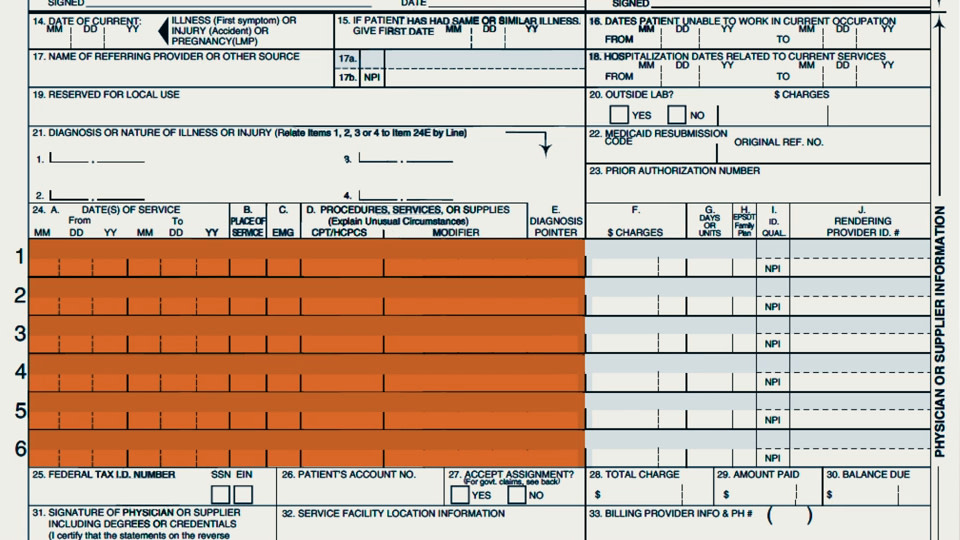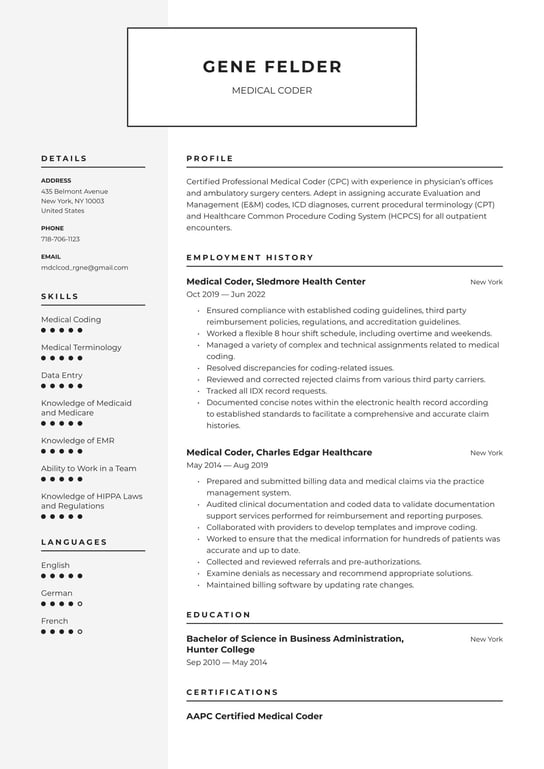In the field of medical coding, it is important to understand the concept of eponym medical coding, which refers to coding procedures or diagnoses based on the name of a person who discovered a particular disease, surgical technique, or medical condition. An example of an eponym medical coding is “Parkinson’s disease,” named after the British physician James Parkinson who first described the symptoms and characteristic features of this neurodegenerative disorder. By understanding eponym medical coding, healthcare professionals can accurately identify and classify various medical conditions and procedures, ensuring effective communication and efficient healthcare delivery.
Definition of Eponym Medical Coding
Eponym medical coding refers to the practice of labeling diseases, medical conditions, and procedures with the name of the person who first described or discovered them. These names are coined after individuals who play a significant role in the advancement of medical knowledge and research. Eponym medical coding provides a standardized way to identify and classify various medical conditions, allowing for improved communication and understanding among healthcare professionals.

This image is property of www.educationworld.in.
Understanding Eponym Medical Coding
Eponym medical coding involves using the name of an individual as a reference point to identify certain diseases or medical conditions. This coding system acknowledges the contributions made by these individuals to the field of medicine. By using eponyms, medical professionals can easily recognize and discuss specific conditions, which helps in making accurate diagnoses, providing appropriate treatment plans, and conducting effective research.

This image is property of www.mrahis.com.
Importance of Eponym Medical Coding
Eponym medical coding holds significant importance in the medical field for several reasons. First, it provides a time-honored tradition of recognizing and honoring the individuals who have made invaluable contributions to medical science. By associating their names with specific diseases or conditions, their legacies are preserved and celebrated.
Second, eponym coding enhances communication among healthcare professionals. When discussing a particular condition using eponyms, medical professionals can quickly understand and convey important information. This facilitates efficient collaboration and ensures accurate transmission of medical knowledge.
Third, eponym coding serves as a mnemonic aid, aiding in the retention and recall of medical information. By associating a condition with an individual’s name, healthcare professionals are more likely to remember and recognize specific medical conditions, which ultimately facilitates accurate diagnoses and treatment decisions.
Moreover, eponym coding promotes the identification and awareness of rare diseases or conditions. By using eponyms, these lesser-known conditions become more easily recognizable, leading to prompt diagnosis and appropriate treatment. This can significantly impact patient outcomes and the availability of targeted resources and support.
Example of Eponym Medical Coding
Numerous medical conditions are labeled with eponyms to honor the individuals who played a crucial role in their identification and characterization. Let’s explore some prominent examples below:
Parkinson’s Disease (PD)
Parkinson’s disease, a neurodegenerative disorder that affects movement and coordination, is named after James Parkinson. In 1817, Parkinson published a pioneering work, “An Essay on the Shaking Palsy,” which outlined the clinical features and progression of the disease.
Lou Gehrig’s Disease (ALS)
Amyotrophic Lateral Sclerosis (ALS), also known as Lou Gehrig’s disease, is named after the famous baseball player who was diagnosed with the condition in 1939. Gehrig’s courage and advocacy raised awareness about this progressive neurodegenerative disease, which affects the nerve cells responsible for controlling voluntary muscle movement.
Down Syndrome
Down syndrome, a genetic disorder causing developmental and intellectual delays, is named after the British physician John Langdon Down. Dr. Down observed and described the characteristic features of the condition in 1866, contributing significantly to our understanding of this congenital disorder.
Hodgkin’s Lymphoma
Hodgkin’s lymphoma, a type of cancer affecting the lymphatic system, is named after the physician Thomas Hodgkin. In the early 19th century, Hodgkin conducted extensive research on lymphomas and identified distinct characteristics of this particular cancer, leading to its recognition as a distinct clinical entity.
Crohn’s Disease
Crohn’s disease, an inflammatory bowel disease, is named after Dr. Burrill B. Crohn. Along with his colleagues, Crohn extensively researched and described the features of the disease in 1932, shedding light on its clinical presentation, pathology, and treatment options.
Asperger’s Syndrome
Asperger’s syndrome, a developmental disorder characterized by difficulties in social interactions and repetitive patterns of behavior, is named in honor of Hans Asperger. Asperger’s early work in the 1940s significantly contributed to the field of autism research, leading to the recognition of this distinct condition.
Alzheimer’s Disease
Alzheimer’s disease, a progressive neurological disorder causing cognitive decline and memory loss, is named after the German psychiatrist Alois Alzheimer. Alzheimer’s observations and detailed case studies published in 1906 significantly advanced our understanding of this debilitating disease.
Peyronie’s Disease
Peyronie’s disease, a condition characterized by the abnormal curvature of the penis during erections, is named after the French physician François Gigot de la Peyronie. In the 18th century, Peyronie documented several cases and described the condition, making significant contributions to its understanding.
Kaposi’s Sarcoma
Kaposi’s sarcoma, a rare cancer affecting the blood vessels, is named after the Hungarian dermatologist Moritz Kaposi. In the late 19th century, Kaposi provided detailed descriptions of the disease, which primarily affects individuals with weakened immune systems or specific viral infections.
Apgar Score
The Apgar score, a quick assessment of a newborn’s overall condition, is named after the American anesthesiologist Virginia Apgar. Apgar developed the scoring system in 1952 to evaluate a newborn’s vital signs, including heart rate, breathing, muscle tone, reflexes, and skin color, immediately after birth.
In conclusion, eponym medical coding is an essential aspect of medical terminology, honoring the individuals who have made significant contributions to the field. By using eponyms, healthcare professionals can better communicate, remember, and diagnose specific medical conditions. Furthermore, eponym coding highlights rare diseases, elevating their visibility and enabling timely interventions. The examples mentioned above demonstrate the pervasive influence of eponym medical coding across a wide range of medical conditions, allowing for a more comprehensive understanding of the medical landscape.




